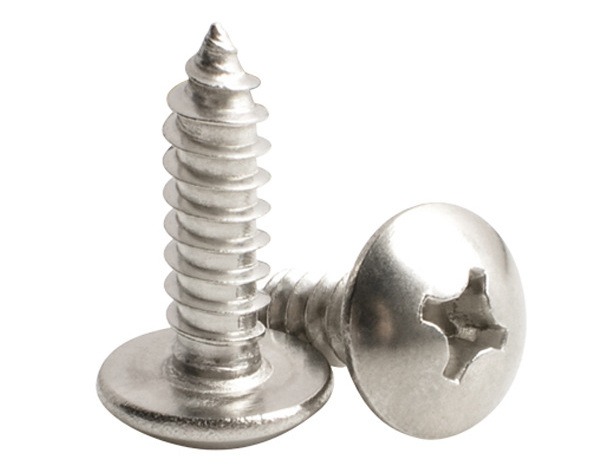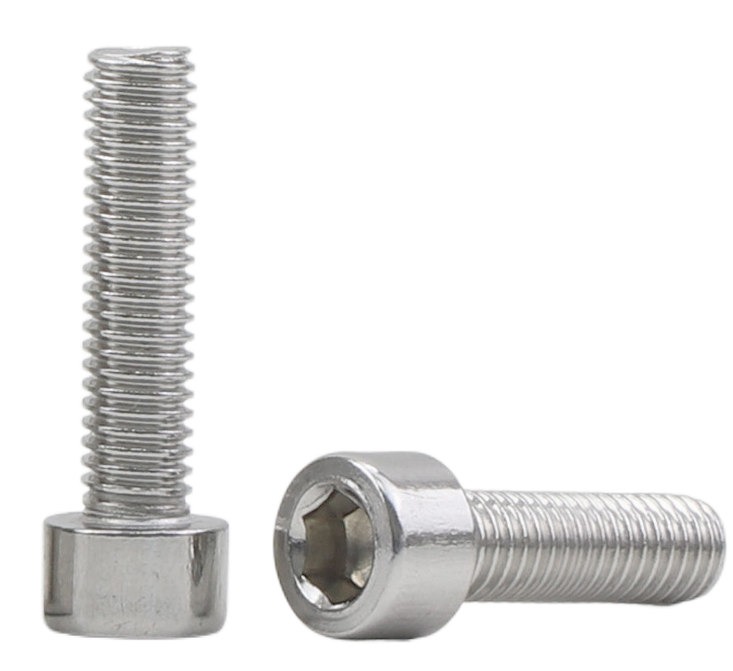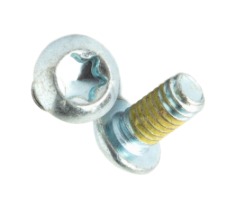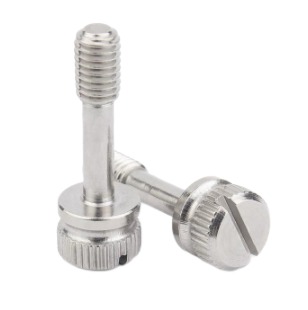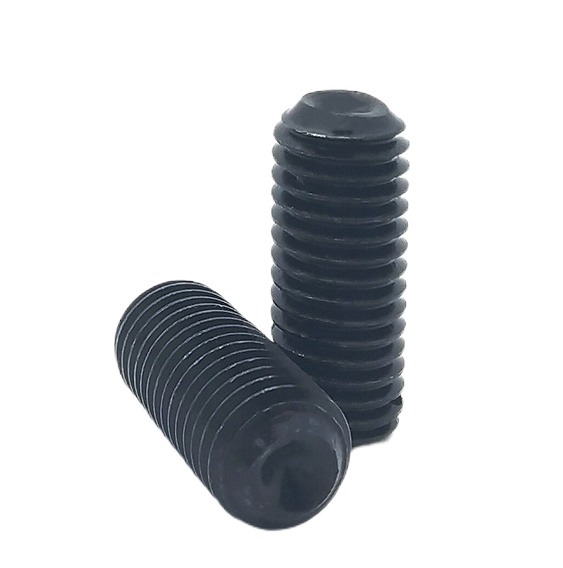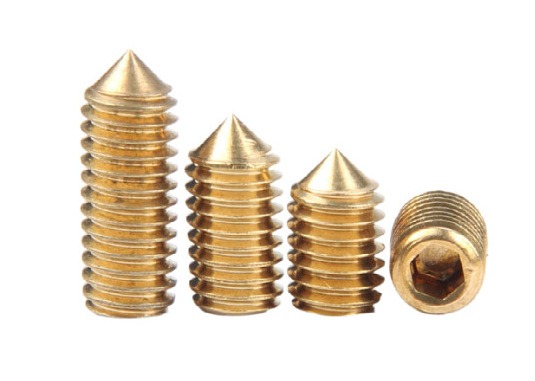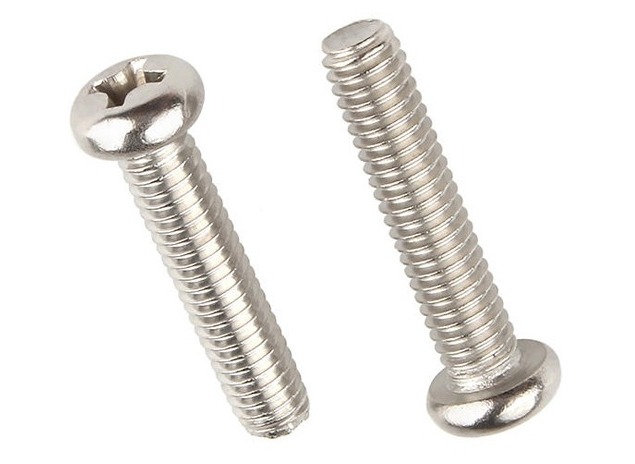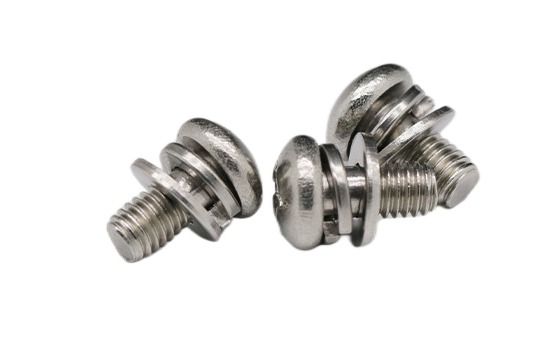What Are 5 Commonly Used Thread Machining Methods?
Thread machining is a method of processing various internal and external threads with thread machining tools. The article will explain 5 commonly used thread machining methods.
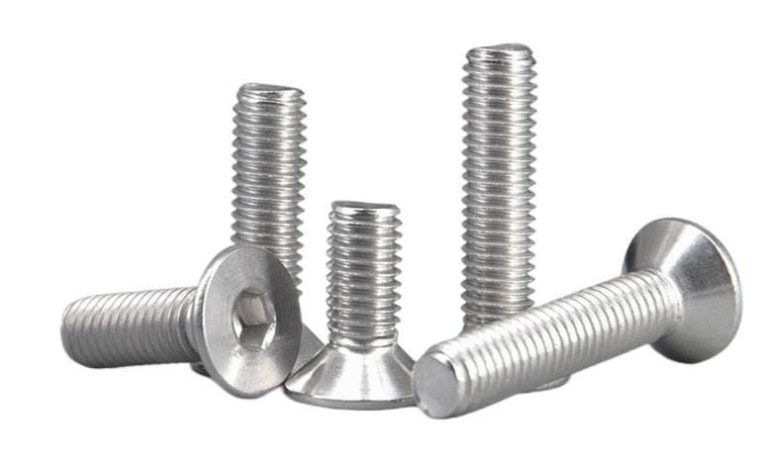
1. Thread Cutting Used In Thread Machining
Generally, thread cutting refers to the method of machining threads on a workpiece using a shaped tool or abrasive tool, mainly including turning, milling, tapping, threading, grinding, and whirlwind cutting. When turning, milling, and grinding threads, the transmission chain of the machine tool ensures that the turning tool, milling cutter, or grinding wheel moves accurately and evenly along the axial direction of the workpiece.
2. Thread Turning Used In Thread Machining
Forming turning tools or thread chasers can be used to turn threads on a lathe. Turning threads with formed turning tools is a common method for producing single and small batches of the threaded workpieces due to their simple structure. Turning threads with a thread chaser has high production efficiency, but the structure of the tool is complex and it is only suitable for turning short threaded workpieces with fine teeth in medium and large-scale production. Machining threads on specialized thread lathes can significantly improve productivity or accuracy.
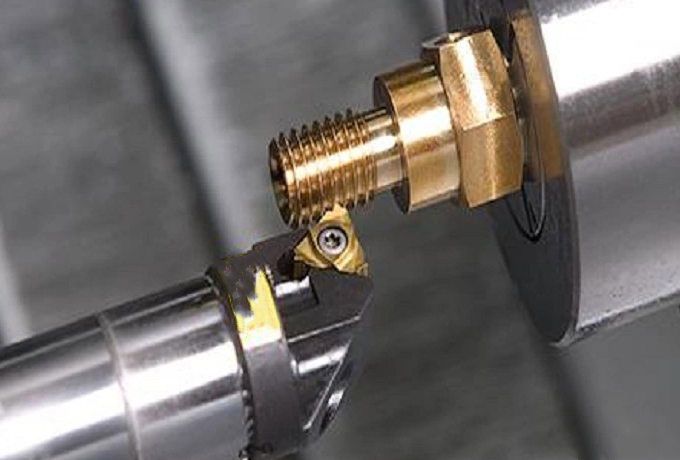
3.Thread Milling Used In Thread Machining
Milling is performed on a thread milling machine using a disc or comb type milling cutter. Disc type milling cutters are mainly used for milling trapezoidal external threads on workpieces such as screws and worms. Comb type milling cutters are used for milling internal and external common threads and taper threads. Due to the use of a multi edge milling cutter for milling, the length of the working part is larger than the length of the machined thread. Thread milling is suitable for the mass production of the threaded workpieces with general accuracy or rough machining before grinding.
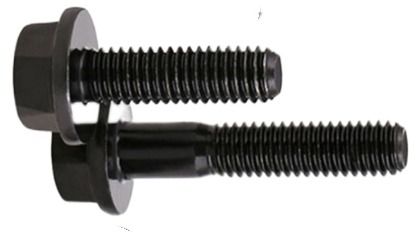
4. Thread Grinding Used In Thread Machining
It is mainly used for machining precision threads of hardened workpieces on a thread grinder. There are two types of grinding, namely, single line grinding wheel and multi line grinding wheel, depending on the cross-sectional shape of the grinding wheel. Thread grinding is suitable for grinding precision lead screws, thread gauges, worms, small batches of the threaded workpieces, and shovel grinding precision hobs. Multi line grinding wheel grinding can be divided into longitudinal grinding method and plunge grinding method. The width of the grinding wheel in the longitudinal grinding method is smaller than the length of the thread to be ground. The grinding wheel will be moved longitudinally once or several times to grind the thread to the final size. It has high productivity, but slightly low accuracy, and complex grinding wheel dressing. The cut in the grinding method is suitable for chipping large batches of taps and grinding certain fastening threads.
A nut type or screw type thread grinding tool made of soft materials such as cast iron is used to perform forward and reverse rotation grinding on the workpiece where there is pitch error in the machined threads, so that can improve pitch accuracy. Hardened internal threads are usually ground to eliminate deformation and improve accuracy.
5. Thread Rolling Used In Thread Machining
Thread rolling is a processing method for producing plastic deformation of a workpiece using a forming and rolling die to obtain threads. It is generally performed on a thread rolling machine or an automatic lathe equipped with an automatic thread opening and closing roller head. It is suitable for the mass production of external thread patterns of standard fasteners and other threaded connections.
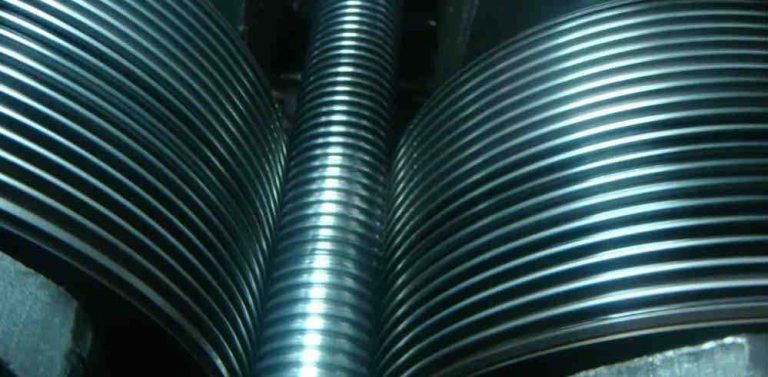
Advantages of thread rolling
a.Surface roughness is less than that of turning, milling, and grinding.
b.The strength and hardness of the rolled thread surface can be improved due to cold work hardening.
c.High material utilization rate.
d.Productivity increases greatly compared to cutting and is easy to automate
e. The rolling die has a long service life.
Summary
Thread machining is an important tool for manufacturing thread, through the introduction of commonly used methods of thread machining, can help you choose the appropriate method to get the best suitable threaded workpiece.
Related Articles

